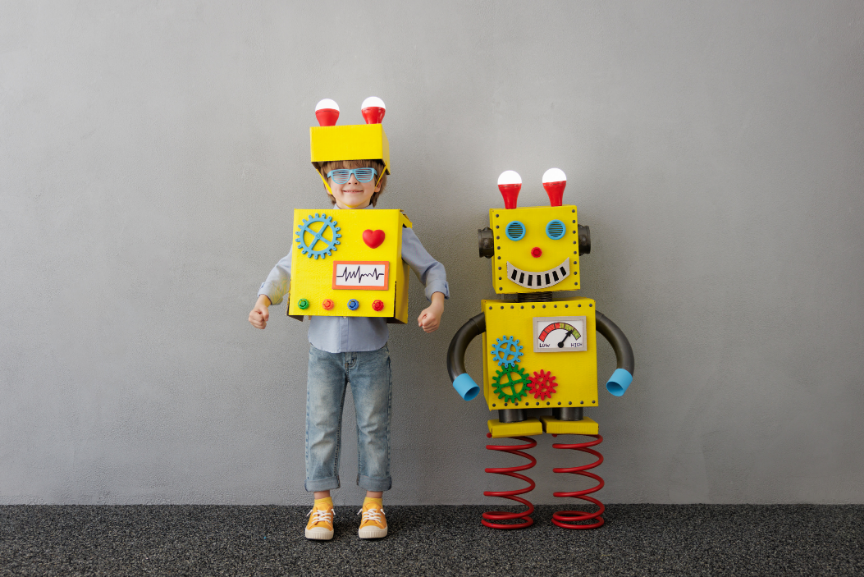Education is evolving rapidly and4,0 SchoolIt represents a revolution in the way students learn. The integration of educational robotics in Spanish classrooms offers new opportunities for the development of technological skills, creativity and problem solving. In this article, we explore how to implement educational robotics in educational centers and their impact on learning.
What is the 4,0 school?
The 4,0 SchoolIt is an initiative that seeks to modernize education through the use of advanced technology, including artificial intelligence, programming and educational robotics. Its objective is to prepare students for the challenges of the 21st century, promoting a more practical, interactive and aligned learning with the demands of the labor market.
Benefits of educational robotics at school 4,0
The integration of robotics into classrooms has numerous benefits, among which are:
COMPUTIONAL THOUGHT DEVELOPMENT
Students acquire programming skills and problem solving when interacting with educational robots, strengthening their logical and analytical thinking.
Promotion of learningSTEAM
Educational robotics is part of the approachSteam (Science, Technology, Engineering, Arts, Mathematics), promoting interdisciplinarity and project -based learning.
Greater motivation and commitment
The use of robots and technology in the classroom causes students to participate more actively in their learning, increasing their interest and motivation.
Preparation for the future labor
The technological skills acquired with educational robotics are essential for the work of the future, facilitating adaptation to digital and automated environments.
Steps to integrate educational robotics into classrooms
Implement robotics in school 4,0 requires a well -defined strategy. Next, we present some key steps to achieve it:
1. Select the appropriate robotics kits
There are several educational robots options, from basic initiation models to advanced platforms. It is important to choose products adapted to the age and level of students.
2. Train teaching staff
Teacher training is essential to guarantee effective implementation. There are specific training programs for educators who want to incorporate robotics into their classes.
3. Design interactive activities
Integrating robotics into the curriculum through projects and challenges encourages meaningful learning. Activities may include from robots programming to perform tasks to the creation of solutions to real problems.
4. Take advantage of resources and financing
In Spain, there are programs to support educational digitalization that can help centers to acquire technology such asSchool Code Program 4,0. Exploring these opportunities makes it easier to implement robotics in the classroom.
What robots to integrate in classrooms?
An excellent example of an educational robot that can be integrated into Spanish classrooms isPhoton, a programmable robot ideal for introducing students to the world of robotics and programming. This robot adapts to different educational levels, from primary to secondary school, offering an interactive learning experience that encourages skills in programming, problem solving and logical thinking. Through its advanced sensors and guided activities, students can learn while having fun, consolidating their knowledge of science and technology.
Another innovative and fun option to introduce children to the world of robotics and programming is theIntelino Smart Train. This smart train is designed for children ages 3 and up and offers a unique interactive experience. Children can program their route and explore different levels of difficulty through simple and intuitive control. Through this educational toy, little ones develop key skills such as logical thinking, problem solving and motor coordination. It's the perfect way to learn while playing and explore the world of robotics in a fun way!
conclusion
The 4,0 SchoolIt represents the future of education, and educational robotics is a key piece in this change. Its implementation in Spanish classrooms allows students to develop essential technological skills while enjoying more interactive and motivating learning. With adequate training and the use of available resources, educational centers can lead this transformation and prepare new generations for future challenges.




